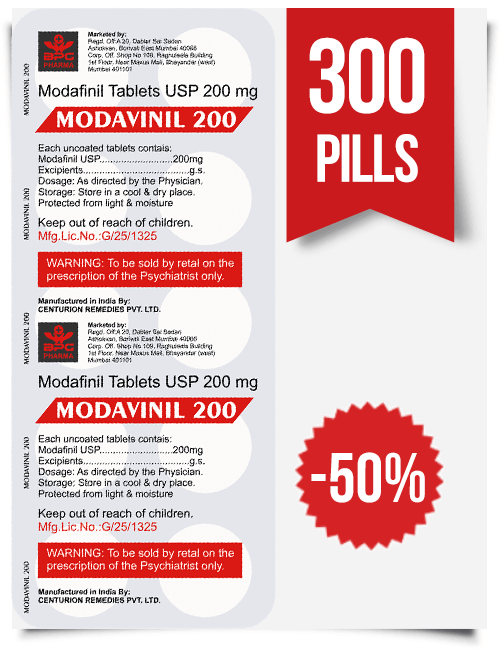Can the Brain Heal Itself after Damage?
Can the brain heal itself after a damage has been done to it? Maybe, maybe not.
I have read a lot of stories about pain recovery but not brain cell death recovery despite the whole hug about neuroplasticity and self-help. One important point about the brain is that:
Once harm is done, it can't be fixed. Remember Phinehas Gage? The brain does, notwithstanding, reroute itself which implies that it has left so as to compensate for the missing capacity that was required for day to day living. For instance, if harm in your frontal lobe influences your social IQ and how you relate with and comprehend others in a social setting, your brain would utilize what it had that was sound, feasible and working to reroute your social mind to compensate for the shortfall as well as can be expected. This would appear on the exterior as some social ponderousness, be that as it may, to the individual, contrasted with where they could be had their mind not rerouted, they're socially shrewd. The main concern, their brain would need to help them relearn how to connect and encounter society, for example, looking at a supermarket, calling a business with any inquiries, utilizing essential conduct, and so on. While they may at present seem to have a shortfall of sorts, they're thought to be very working in the life that they now live. That being stated, the harmed tissue is tidied up by the 'janitors', in every practical sense, of the brain, which are called microglia. One thing to note, in any case, is that astrocytes frame a kind of scar tissue in the harm district. Strikingly enough, say a fourth of your spinal line was separated and held tight by the last seventy-five percent. The astrocytes in your spinal rope would extend to each disjoined end and frame an extension like structure. This is seen as scar tissue, yet developmentally, the astrocytes are attempting to compensate for the lost neuron work. We still, notwithstanding, see paraplegics and quadriplegics, which show this isn't by any methods a flawless framework, however, the sensory system has a couple traps up its sleeve to do harm control when harm to an area of the cerebrum, spinal cord, and peripheral nerves happen.
In any case, the brain is a momentous organ that has been investigated more than a great many years. Some portion of that advancement is neuroplasticity. The term picked up unmistakable quality in the last 50% of the twentieth century when new research demonstrated numerous parts of the brain stay alterable (or "plastic") even into adulthood [counteracting the old scientific belief].
Why everything isn't just about neuroplasticity
Neuroplastic change can happen at little scales, for example, physical changes to individual neurons, or at entire mind scales, for example, cortical remapping in light of harm; however cortical remapping just happens amid a specific day and age implying that if a youngster were harmed and it brought about brain harm then cortical remapping would probably happen, in any case, if a grown-up was harmed and it brought about brain damage, then cortical remapping would not happen since the brain has made the dominant part of its associations.
Got it?
Now your turn, what do you think?
Does neuroplasticity apply to all things about neurology?
Image credit: Wikipedia
posted from Bloggeroid
I have read a lot of stories about pain recovery but not brain cell death recovery despite the whole hug about neuroplasticity and self-help. One important point about the brain is that:
Once harm is done, it can't be fixed. Remember Phinehas Gage? The brain does, notwithstanding, reroute itself which implies that it has left so as to compensate for the missing capacity that was required for day to day living. For instance, if harm in your frontal lobe influences your social IQ and how you relate with and comprehend others in a social setting, your brain would utilize what it had that was sound, feasible and working to reroute your social mind to compensate for the shortfall as well as can be expected. This would appear on the exterior as some social ponderousness, be that as it may, to the individual, contrasted with where they could be had their mind not rerouted, they're socially shrewd. The main concern, their brain would need to help them relearn how to connect and encounter society, for example, looking at a supermarket, calling a business with any inquiries, utilizing essential conduct, and so on. While they may at present seem to have a shortfall of sorts, they're thought to be very working in the life that they now live. That being stated, the harmed tissue is tidied up by the 'janitors', in every practical sense, of the brain, which are called microglia. One thing to note, in any case, is that astrocytes frame a kind of scar tissue in the harm district. Strikingly enough, say a fourth of your spinal line was separated and held tight by the last seventy-five percent. The astrocytes in your spinal rope would extend to each disjoined end and frame an extension like structure. This is seen as scar tissue, yet developmentally, the astrocytes are attempting to compensate for the lost neuron work. We still, notwithstanding, see paraplegics and quadriplegics, which show this isn't by any methods a flawless framework, however, the sensory system has a couple traps up its sleeve to do harm control when harm to an area of the cerebrum, spinal cord, and peripheral nerves happen.
Have a look at this illustration:
I was shot in the head, mid frontal and two crawls over the eyes where the prevalent sagittal sinus dwells between the foremost cerebral halves of the brain and channels blood from lateral regions back to venous flow. Since the slug demolished the sagittal sinus by then, blood couldn't deplete from my frontal lobe, which brought on cell demise or softening, i.e. bi-lateral frontal lobe encephalomalacia.
In any case, the brain is a momentous organ that has been investigated more than a great many years. Some portion of that advancement is neuroplasticity. The term picked up unmistakable quality in the last 50% of the twentieth century when new research demonstrated numerous parts of the brain stay alterable (or "plastic") even into adulthood [counteracting the old scientific belief].
Why everything isn't just about neuroplasticity
Neuroplastic change can happen at little scales, for example, physical changes to individual neurons, or at entire mind scales, for example, cortical remapping in light of harm; however cortical remapping just happens amid a specific day and age implying that if a youngster were harmed and it brought about brain harm then cortical remapping would probably happen, in any case, if a grown-up was harmed and it brought about brain damage, then cortical remapping would not happen since the brain has made the dominant part of its associations.
Got it?
Now your turn, what do you think?
Does neuroplasticity apply to all things about neurology?
Image credit: Wikipedia
posted from Bloggeroid















Leave a Feedback